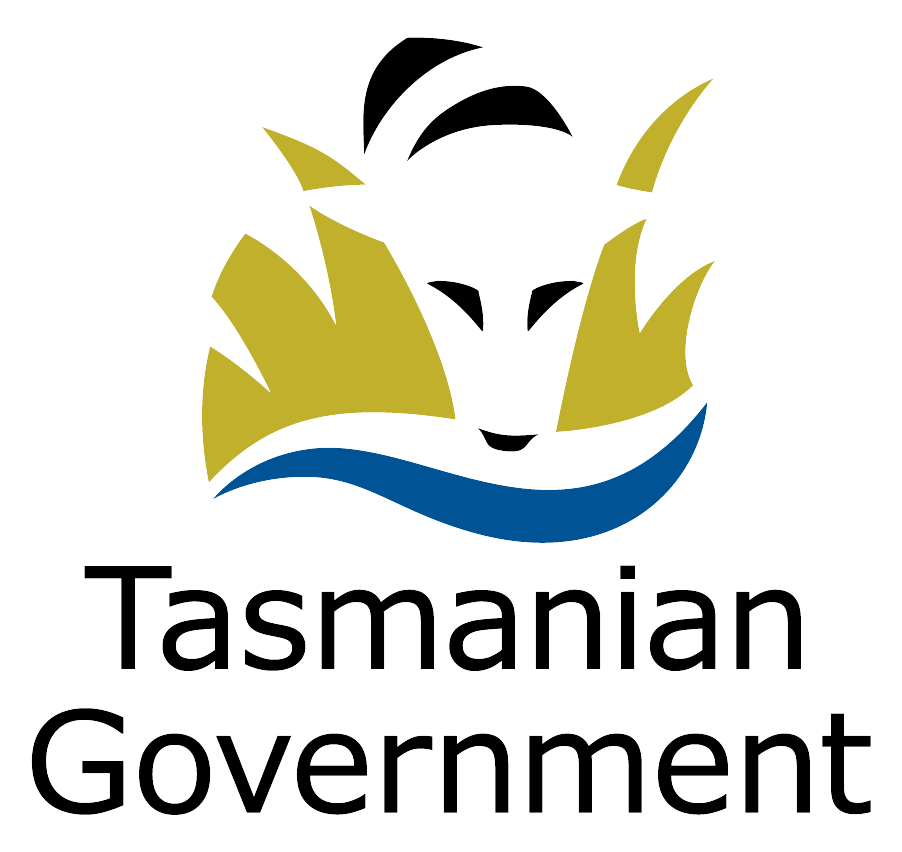Stories of NRM partners
Across Tasmania, it’s a simple but effective slogan that’s ramped up the momentum amongst farmers, communities, councils and politicians to protect the state’s waterways by keeping cows out of creeks.
Across Tasmania, it’s a simple but effective slogan that’s ramped up the momentum amongst farmers, communities, councils and politicians to protect the state’s waterways by keeping cows out of creeks.
“We spend so much time here — the children have grown up playing in the river, fishing, swimming, picnics. It is also the water that drives our business.”
The goal of the Cows Out Of Creeks project is equally clear: ‘Every farmer is happy to swim, fish and drink the water downstream of their farm.’
When the project started in 2013 dairy farmers were the first to take up $5,000 grants to fence off creeks, build stock crossings and invest in troughs, pipes, pumps and water tanks to provide watering points in paddocks and encourage revegetation along rivers and drains.
Since then beef producers have joined the project and around 330km of waterways have been fenced off at a cost of $4.8 million for materials and labour, funded by the state government, NRM regions and DairyTas.
Cows Out Of Creeks has become a familiar brand name, feeding into the award-winning DairyTas Clean Rivers program that highlights fertiliser and effluent management practices that preserve water quality. And it has attracted political support too. In 2019 the State Liberal Council endorsed a motion for ‘Cows out of creeks by 2030’.
The project is a fluid partnership between the State Government, the Cradle Coast NRM, NRM North and NRM South and project leader DairyTas, which currently has 50 Cows Out Of Creeks sites on its Expressions of Interest register. Funding has been approved for another 20 farms to fence off waterways by December 2021.
“Farmers have a very big buy-in and we run the project through DairyTas contractual arrangements which keeps paperwork to a minimum and allows a much simpler method of operation and reporting,” says Dr Rachel Brown, sustainable dairying advisor from Dairy Tas.
“The grants are a little carrot rather than a handout, because it will always cost more than $5000 for the farmer’s time and the expense of watering infrastructure, but it’s financially and socially responsible to encourage them.”
Dr Brown says the incentive has been given further momentum by developments in the intensive dairy industry in New Zealand, where the Government has legislated permissible nitrate levels in rivers.
“NZ has been our road map but they may not be taking action quick enough. Early in the project we weren’t proactive about requiring big riparian buffers by setting fences well back from the creeks, but in the latest round of projects we’ve prioritised them.”
“We are effectively following the seven principles of river restoration, to protect first and restore second. Some farmers complain that there are now more weeds and wildlife along the river banks, but if we can manage that then we can have the best of both worlds.”
Website – https://www.dairyaustralia.com.au/dairytas
Fact sheet: https://www.dairyaustralia.com.au/resource-repository/2020/07/09/clean-rivers-and-tasmanian-dairy-farms
DairyTas is proud to partner with NRM and industry groups in Tasmania to encourage farmers to protect waterways for the future.


Funded by the Australian Government National Landcare Program, Tasmanian State Government.
